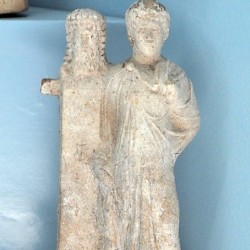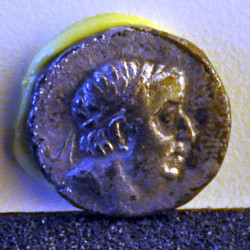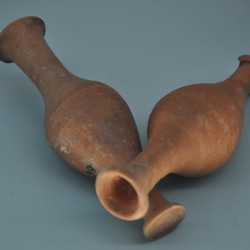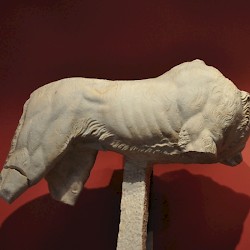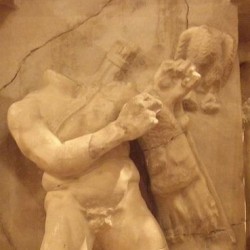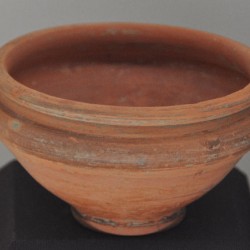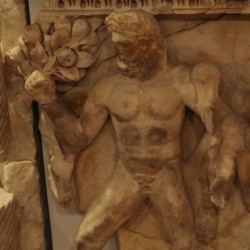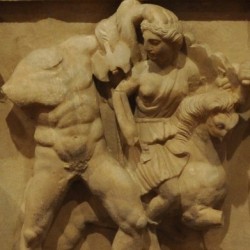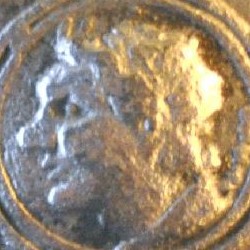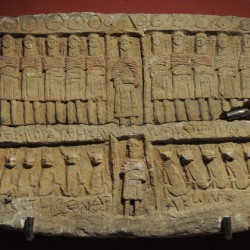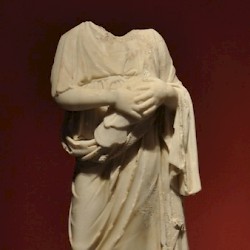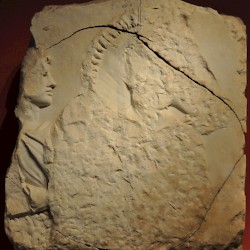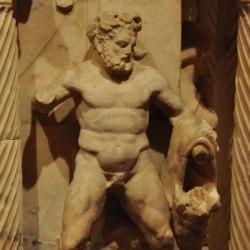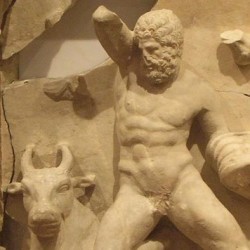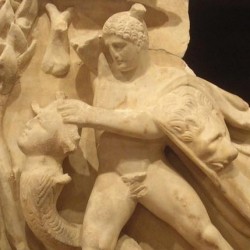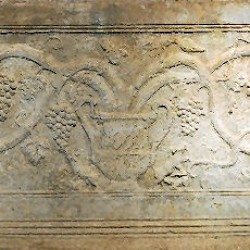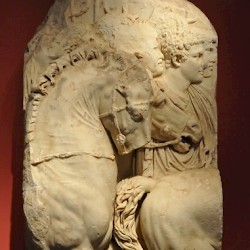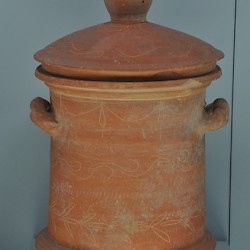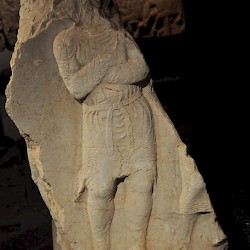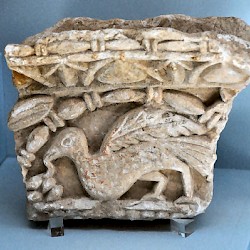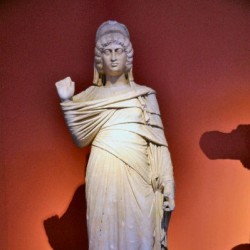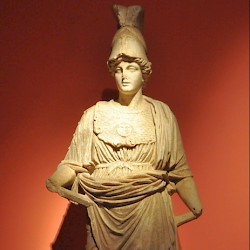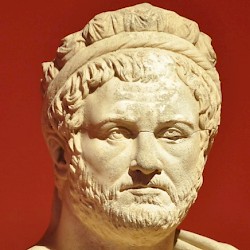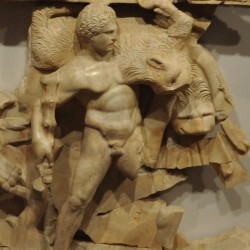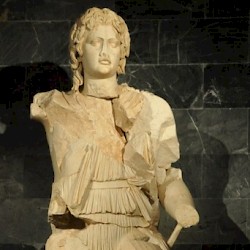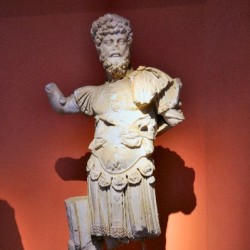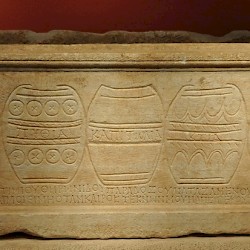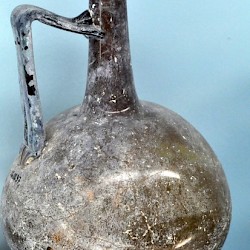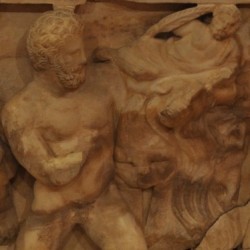Antalya, Archaeological Museum
Q843241To be honest, I was not looking forward to the archaeological museum of Antalya. My friend Marco and I had been there before, in 2003, and although we were impressed by the collection of sculpture, we agreed that the entrance fee of15 lira was exaggerated. Back then, it was the equivalent of 15 euro, comparable to the Vatican Museums. And no matter how interesting the sculpture of the Antalya museum might have been, it was just not the equivalent of the Vatican. Having been forced to pay too much earlier that day in the tourist trap at Side, we felt a bit cheated.
But, as I learned today, inflation has splendid side-effects. The 15 lira are now the equivalent of 7,80 euro, which is reasonable. I think that it’s Turkey’s third museum of ancient art, after Istanbul and Ankara.
The first room is dedicated to prehistory and contains some nice objects. After that, you will reach a room with ceramics, arranged according to art historical period. There are many explanatory signs that tell you what a kantharos, an olpe, or an alabastron were for. This part of the collection is quite useful for students of art history, but not for archaeologists, because the explanatory signs do not tell you where these objects are from. Personally, I do not like this, but the choice for art history is respectable.
There are Phrygian objects from Elmalı, which include a splendid ivory statuette of a woman with two children, some weapons, bronze griffin heads from a cauldron, and a small statue of a priest. I found this the biggest surprise, and noted that I wanted to see the Elmalı tumulus when I’m over here again.
After that, there’s a very large collection of sculpture. One of these works of art is the cult statue from the Letoon, pieced together from about 200 fragments. The other statues are from the Southern Baths and the theater of Perge, and include a number of deities, a couple of emperors, the Muses, a frieze with an amazonomachy, several busts, and the inevitable theater masks. The quality is uneven: some of them are really fine, others were made by mediocre sculptors.
If you go upstairs, you will find a nice collection of coins (magnifying glasses would be nice) and Christian art. Here, you will also find some terracottas, oil lamps, and some of the bones said to be of Nicholas of Myra.
Returning downstairs, you’ll reach a room with many sarcophaguses, plus some monuments, like the cenotaph of Augustus’ grandson Gaius and the mausoleum of Pericles of Limyra. This one includes frieze with a number of horsemen; one of them, unfortunately very damaged, contains a portrait of Artaxerxes II Mnemon. Together with the Artaxerxes III Ochus from the Allard Piersonmuseum, and the Darius III Codomannus from Naples, this is the only portrait of an Achaemenid king.
Museum bookshops are not Turkey’s strongest point, but the books sold in the Antalya museum are better than average. I must not forget to mention the presence of large groups of children, who are probably paid for every decibel they produce. Yet, the museum remains, essentially, a calm place, where you can quietly study the objects you want to see. Explanatory signs might be better, but this is certainly a good museum.
This museum was visited in 2003, 2010.








